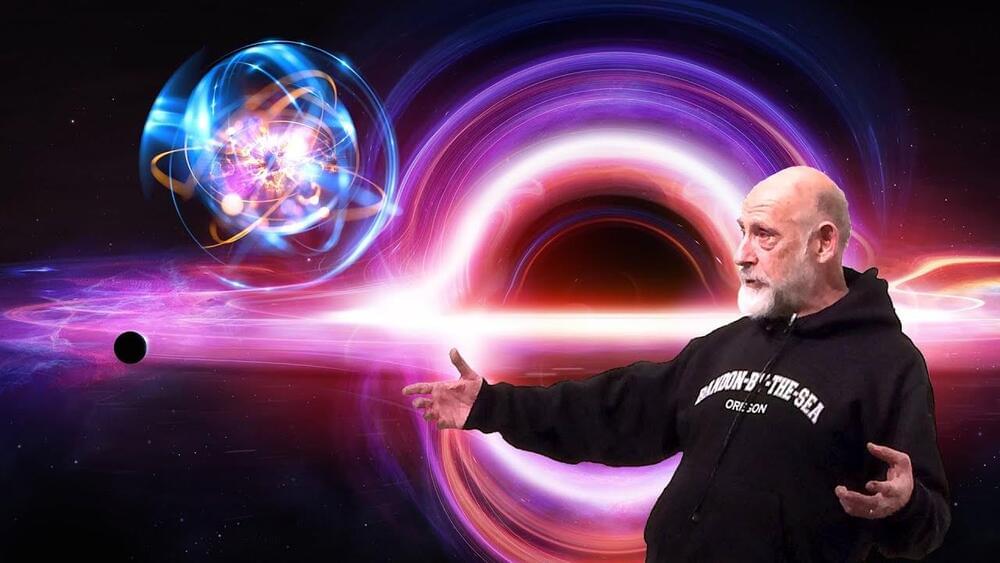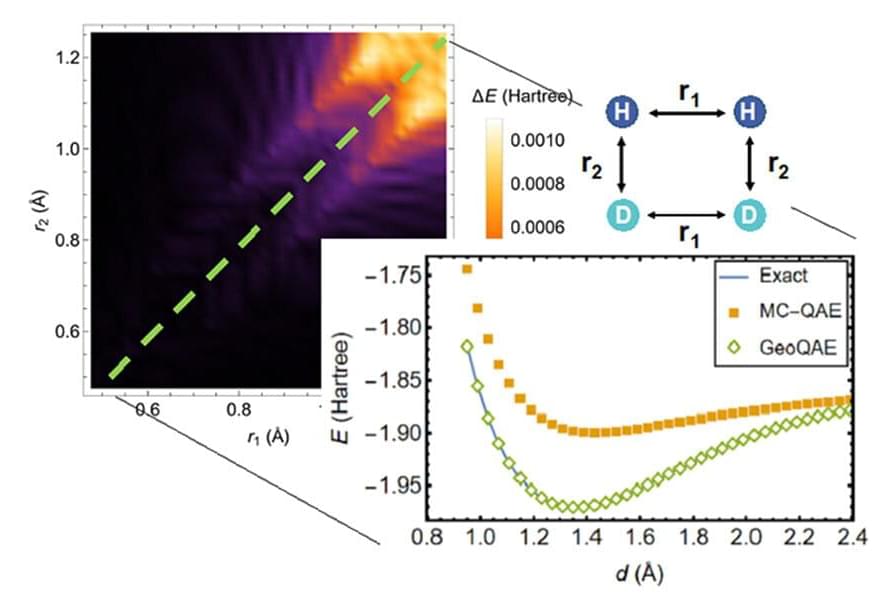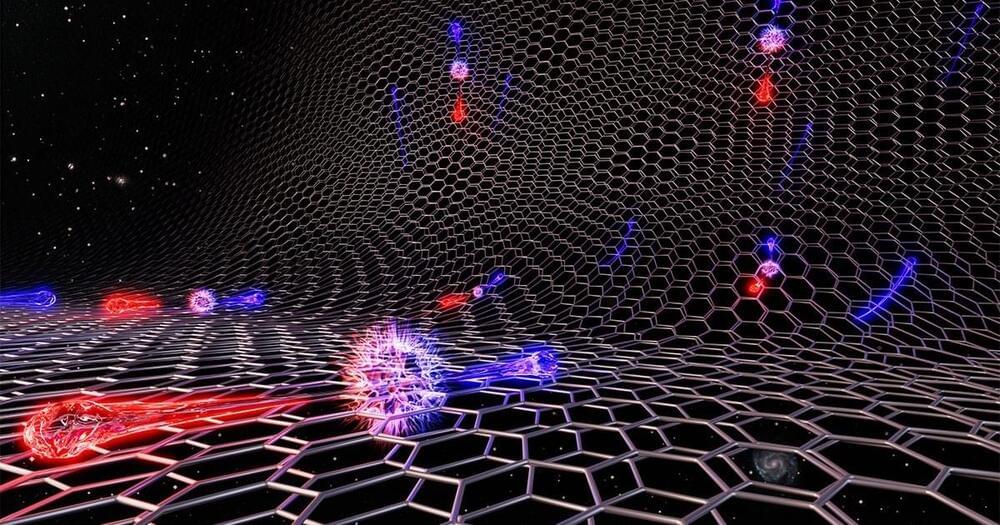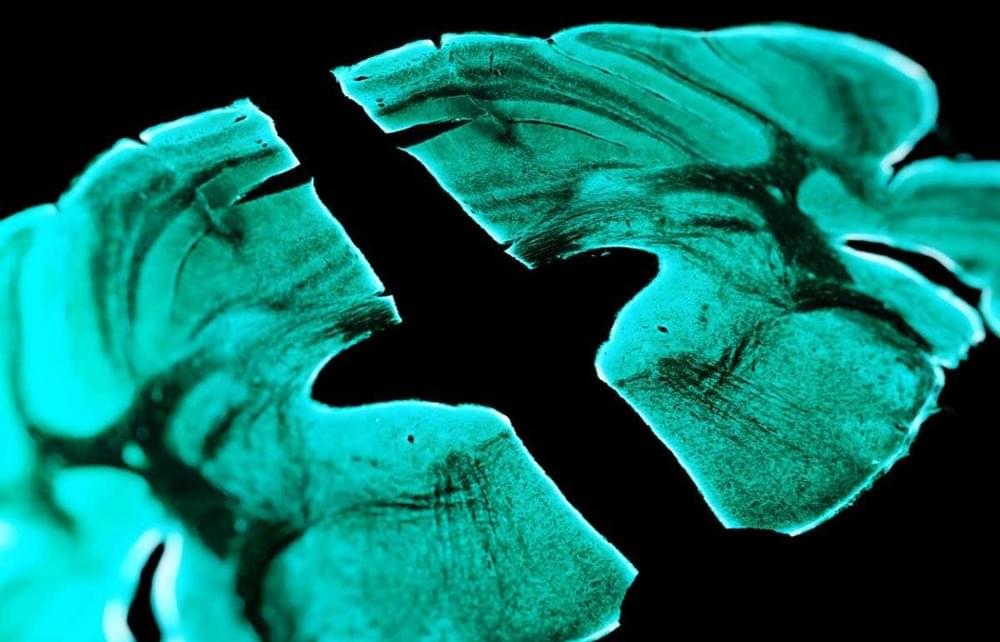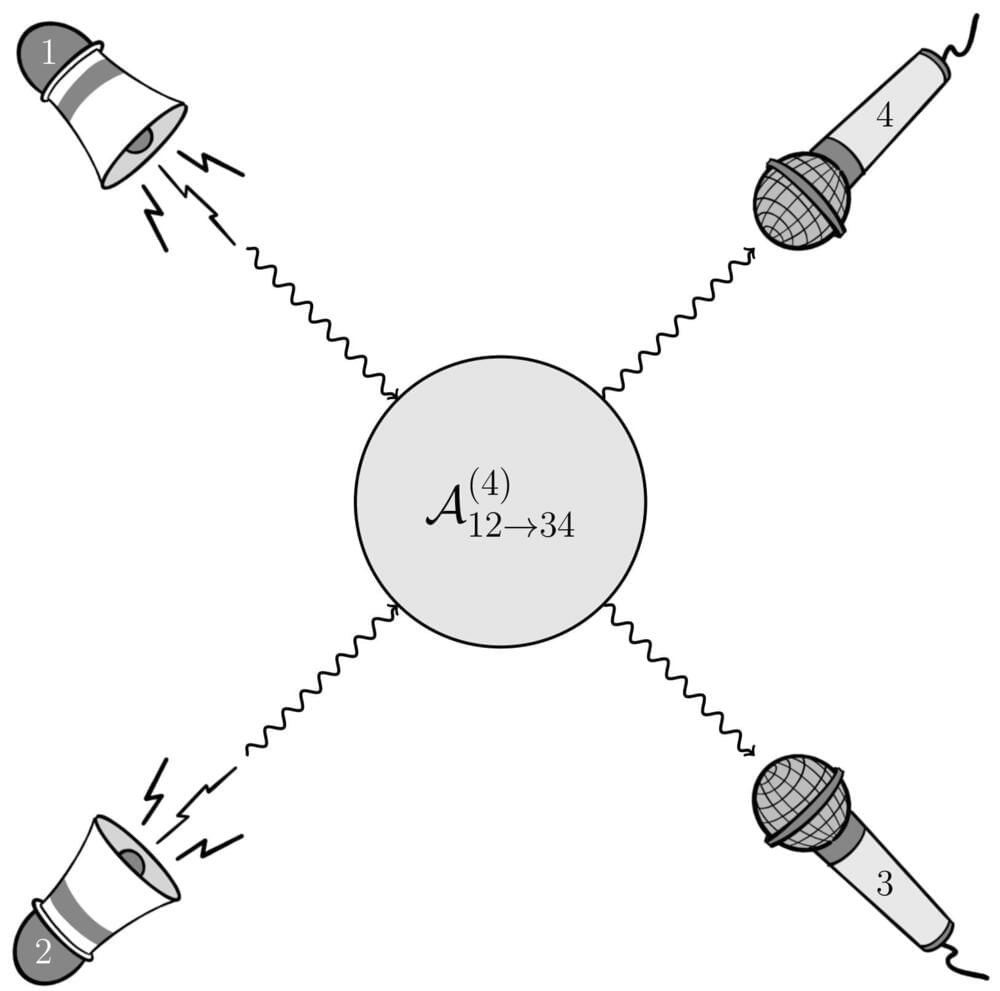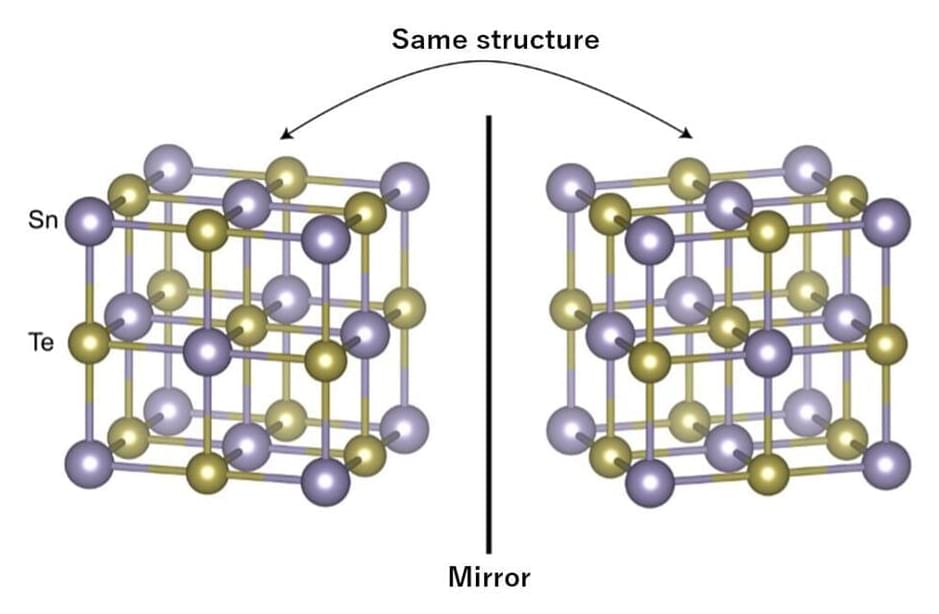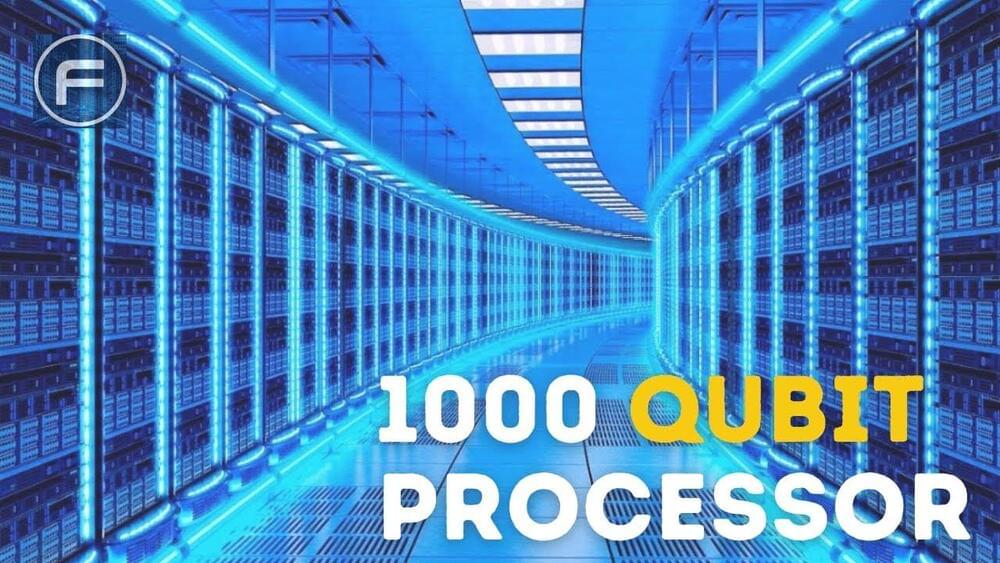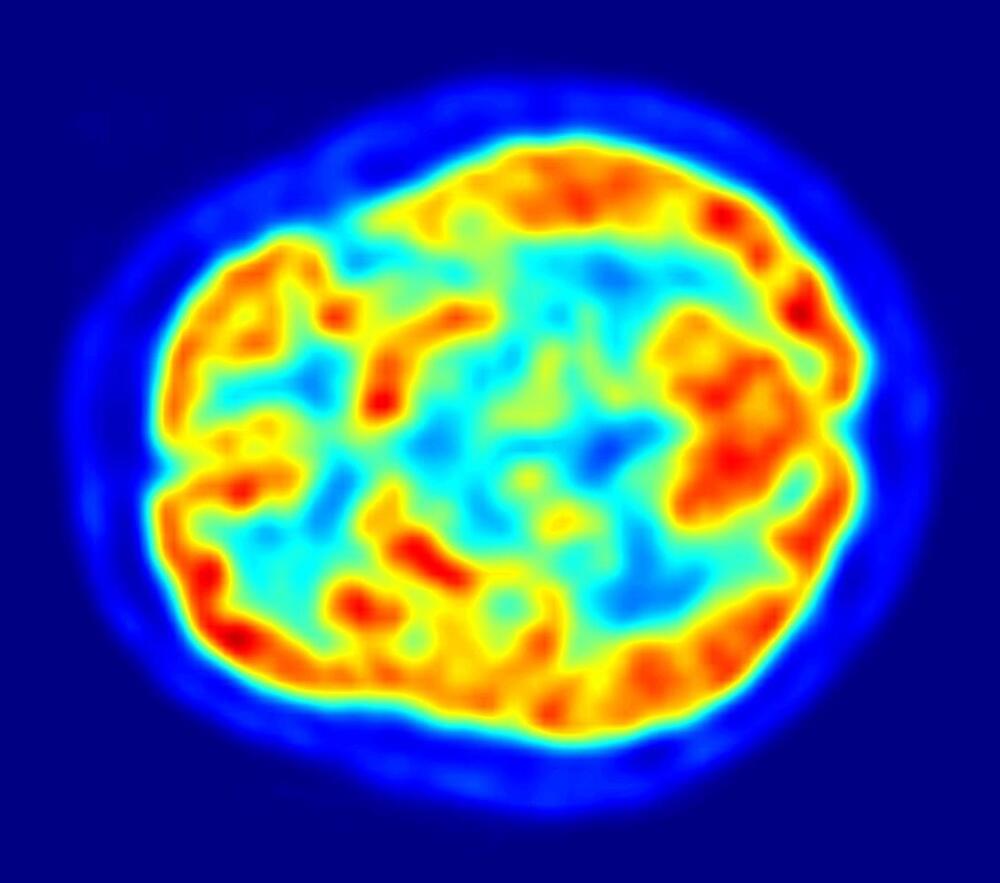Sep 13, 2022
Leonard Susskind Marrying Quantum Physics & General Relativity
Posted by Kelvin Dafiaghor in categories: cosmology, quantum physics
American physicist, professor of theoretical physics at Stanford University, and founding director of the Stanford Institute for Theoretical Physics, Leonard Susskind, explains black holes, quantum physics, general relativity and how they are intertwined.
Knowing how the laws of physics behave at the extremes of space and time, near a black hole, is an important piece of the puzzle we must obtain if we are to understand how the universe works. Leonard Susskind explains how general relativity and quantum mechanics are related.
Continue reading “Leonard Susskind Marrying Quantum Physics & General Relativity” »
